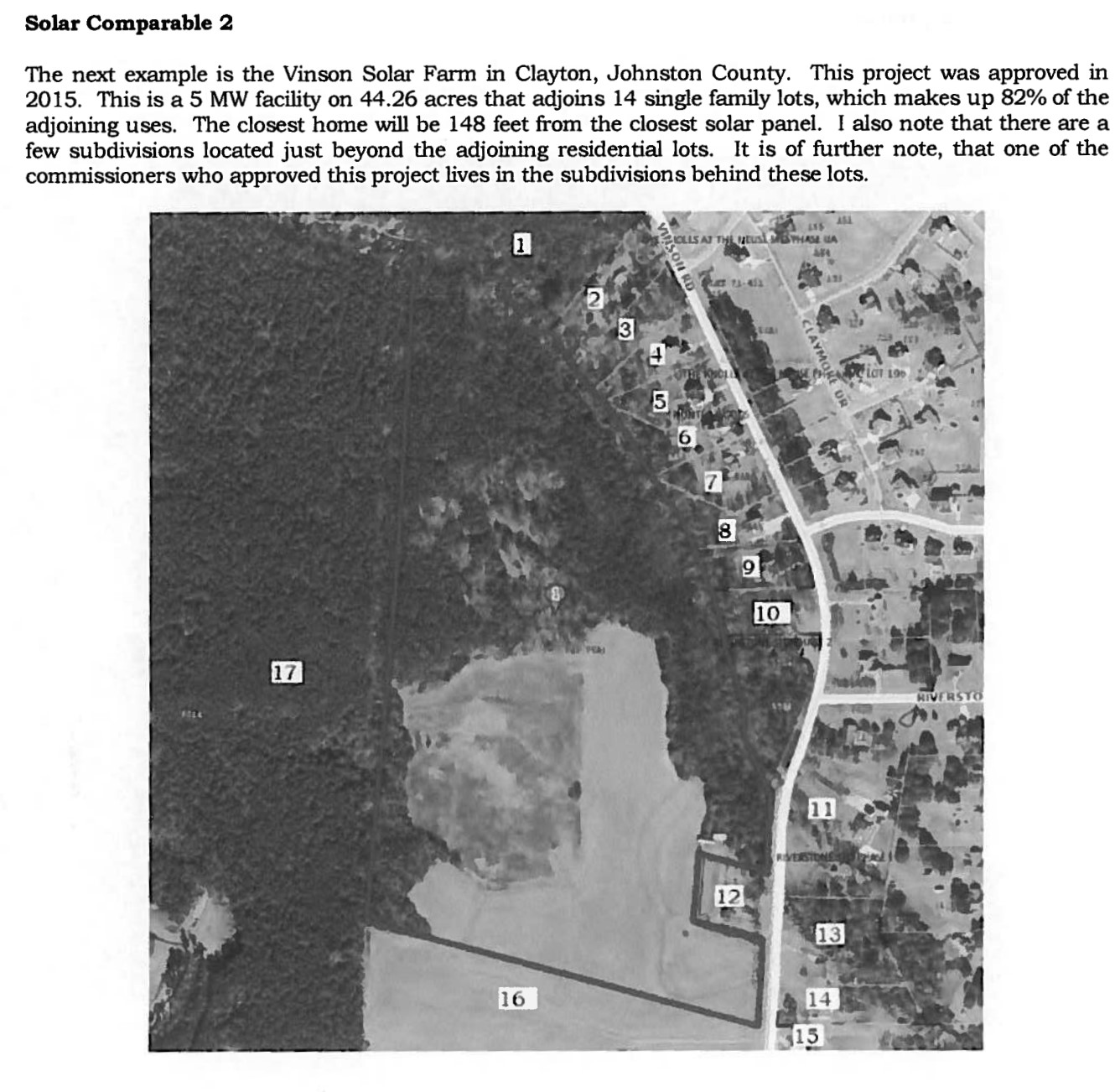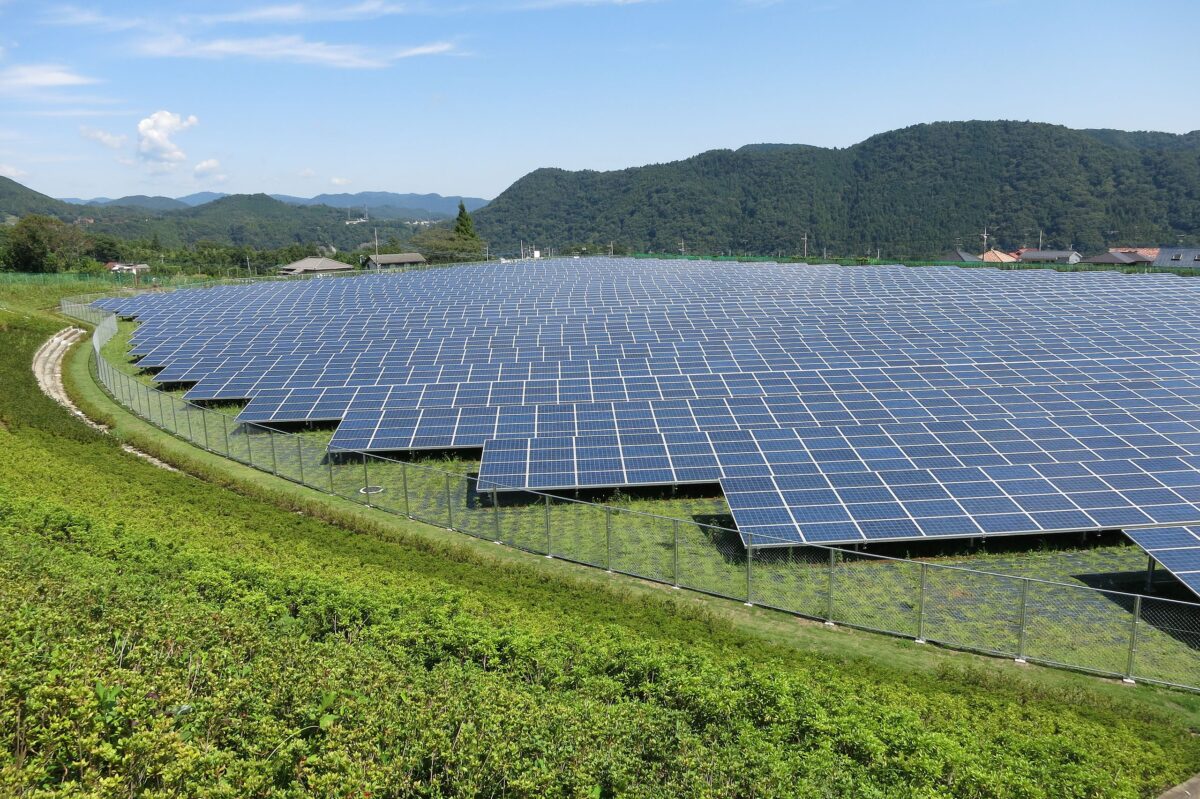At first, many people ignored what solar power could do ; solar was seen as a cool space science experiment. Then when solar started to grow and technology matured, they chuckled at how small the volume being installed was versus the massive volumes of coal, gas and oil that were being extracted daily.
Now solar power, and more recently, energy storage, are being installed more than any source of energy ever, and the opposition sometimes takes the form of spreading misinformation from centralized, fossil funded sources so as to affect the local acceptability of solar. And it has had an effect.
The Sabin Center for Climate Change at Columbia Law School collected fourteen false solar power claims in its document, Rebutting 33 False Claims About Solar, Wind, and Electric Vehicles.
Among its prior climate work, the law school has launched the Renewable Energy Legal Defense Initiative in 2019, as well published discussions of legislation that might slow renewable energy deployment.
The list of false solar claims rebutted were:
- Electromagnetic fields from solar farms are harmful to human health.
- Toxic heavy metals, such as lead and cadmium, leach out from solar panels and pose a threat to human health.
- Solar panels generate too much waste and will overwhelm our landfills.
- Clearing trees for solar panels negates any climate change benefits.
- Solar energy is worse for the climate than burning fossil fuels.
- Solar projects harm biodiversity.
- Solar projects will reduce agricultural production, hurting farmers and rural communities.
- Solar development will destroy U.S. jobs.
- Reliance on solar will make the United States dependent on China and other countries.
- Utility-scale solar farms destroy the value of nearby homes.
- Solar energy is more expensive than fossil fuels and completely dependent on subsidies.
- Solar panels don’t work in cold or cloudy climates.
- Solar energy is unreliable and requires 100% fossil fuel backup.
- We do not have sufficient mineral resources for large-scale solar development.
While solar power is very popular, in fact the most popular source of electricity in the United States, there are nuances within this popularity. Rooftop solar is the most popular, but solar is getting pushback as it grows beyond 50 acres. And while renewable and clean energy itself are also very popular, there are fossil-fuel industry funded disinformation campaigns that can significantly alter popular opinion.
The report from the Sabin Center does not examine the origins of the false claims, nor the motivations of those who disseminate them. Each of the fourteen claims were responded to individually, creating fully developed responses that sometimes repeat information in other rebuttals.

For instance, in rebutting false claim #10, utility-scale solar farms destroy the value of nearby homes, the analysts showed that very few individuals would experience any effect on the value of their homes from nearby solar power, and those that do feel an effect would experience a small value shift. They also found that some might find a property value increase.
The research showed that in Indiana found, “properties within 1,320 feet of solar farms sold by an average of 1.92% more than comparable properties that were not located near any solar farms.” They also found, “homes located within 0.5 miles of solar farms were found to experience price reductions of 1.5%, compared to properties 2 to 4 miles away; however, homes located more than 1 mile from a solar farm were found to experience no statistically significant effect on its price.”
A third study pointed out that within one mile, in suburban areas, there might be a 1.7% decrease in property value, but in rural areas, this price difference disappeared.
The analysis also pointed out that, “the presence of a fossil fuel fired power plant within 2 miles of one’s home decreased its value by 4% to 7%, with the largest decreases within 1 mile and for high-capacity plants.”
While disinformation is abundant in the nation, with almost all large solar facilities getting some pushback, it is also true that the volume of successful solar power facilities being deployed far outpaces the naysayers. For instance, capacity deployed grew by more than 50%, and solar capacity in the queues has broken and held above 1,000 GW.
However, it is also true that large-scale solar has seen its popularity fall a bit. Even though many of these topics have been long since debunked as false, the report is written to help “cultivate balanced and informed opinions,” particularly residents of communities contemplating utility-scale renewable energy projects.
This content is protected by copyright and may not be reused. If you want to cooperate with us and would like to reuse some of our content, please contact: editors@pv-magazine.com.








The “cold” temp in the study was still at +20F, which is still pretty warm. You only need a light jacket.
I need to see data at -40.
so WHERE is the article? I don’t see two discussion points let alone 14.
>The Sabin Center for Climate Change at Columbia Law School collected fourteen false solar power claims in its document, Rebutting 33 False Claims About Solar, Wind, and Electric Vehicles.
The most effective way to convert solar dc power to ac power for home use either for emergency power or sole source power for a home.
I too was hoping for responses to all 14 so I could base my conversations on factual information.
You have to click the link in the article.”Rebutting 33 False Claims About Solar, Wind, and Electric Vehicles”